
Introduction: The Year in Web3
2024 was a big year for Web3. The market kept growing, reaching an estimated $2.55 billions up from $2.25 billion in 2023. Experts predict this growth will only accelerate, with the market expected to hit $49.88 billion by 2032, growing at a rapid pace every year.
Bitcoin made headlines when it passed $100,000 for the first time, boosting confidence in the crypto market. This milestone brought renewed attention to blockchain technology and inspired many new projects. The rise of DeFAI or AI Agents also played a major role in Web3 this year. AI tools helped make platforms smarter and easier to use, handling tasks like automated trading or creating personalized user experiences.
But it wasn't just about the big numbers. Some DeFi projects truly moved the needle, using innovative strategies to stand out and achieve incredible milestones
In this report, weâll look at the biggest launches of 2024 and how they used incentives to grow. Youâll learn from projects like Hyperliquid, zkSync, and LayerZero, and see what worked, what didnât, and what it means for the future of Web3.
If you're curious about Web3 or thinking about building your own project, this report will help you understand why incentives matter and how to use them to your advantage.
Top Incentive Programs in 2024
Notably, 2024 saw 21 major airdrops, including those from Ethena, zkSync, LayerZero, and EigenLayer, collectively adding an impressive $7.7 billion to the overall crypto market capitalization (Source: Coingecko).
1. Hyperliquid
Hyperliquid stood out as one of the most innovative projects in 2024 within the DeFi space, not only for the scale of its airdrop but also for the carefully designed strategy behind its incentives. By fostering active user participation and rewarding long-term commitment, Hyperliquid set a new standard in the implementation of airdrops.
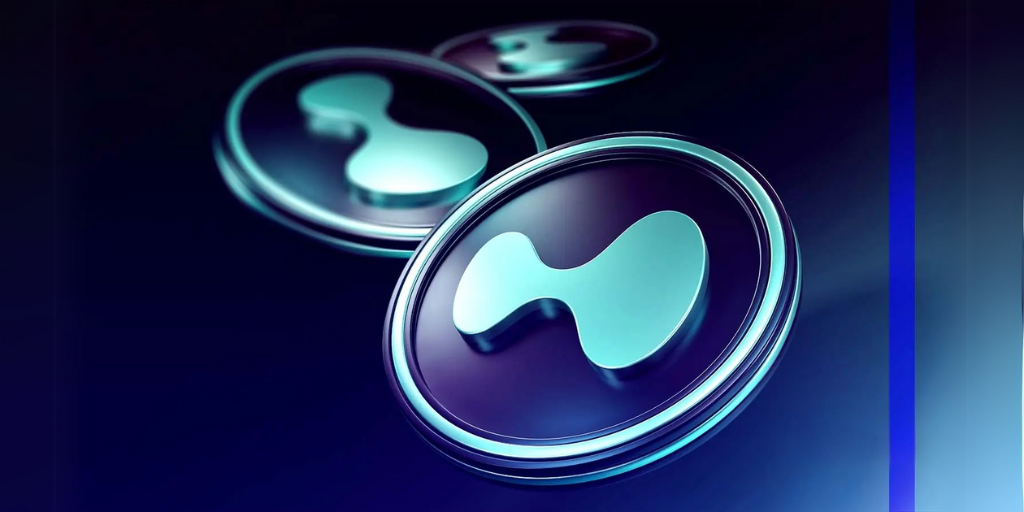
Incentives Associated with the Airdrop
1. Points System: Hyperliquid introduced a dynamic points system that transformed trading activity into tangible rewards. Here's how it worked:
- Earn Points: Users accumulated points based on trading volume, frequency, and participation in platform events or challenges. Every trade contributed to their points total, incentivizing consistent activity.
- Climb Tiers: As users earned points, they progressed through tiers, unlocking better rewards and privileges. This gamified system encouraged users to stay engaged and strive for higher levels.
- Redeem Rewards: Points could be used to reduce trading fees, access exclusive features, or claim other special benefits, adding an exciting layer to routine trading activities.
These points were converted into HYPE tokens as rewards during the airdrop, providing a clear and tangible incentive to engage with Hyperliquid's ecosystem.
2. Referral Program: Users who referred new participants to the platform earned 10% of the trading fees generated by their referees and 4% of the trading fees generated by themselves. This model not only rewarded referrers but also grew Hyperliquid's user base organically.
3. Activity-Based Rewards: Consistently active users who engaged with specific platform features or achieved milestones received additional rewards, reinforcing their commitment.
4. Fee Discounts: Hyperliquid incentivized traders with fee discounts based on trading volume, making the platform more appealing for active users.
Airdrop Results and Achievements
- Airdrop Scale: 310 million HYPE tokens (31% of the total supply) were distributed, with an initial estimated value of $1.2 billion.
- Massive Participation: Over 120,000 active users participated in pre-airdrop activities, driven by the offered incentives.
- Token Impact: After the launch, the value of HYPE quickly surged, reaching a peak price of $23.78 by December 31st and becoming one of the standout tokens of 2024.
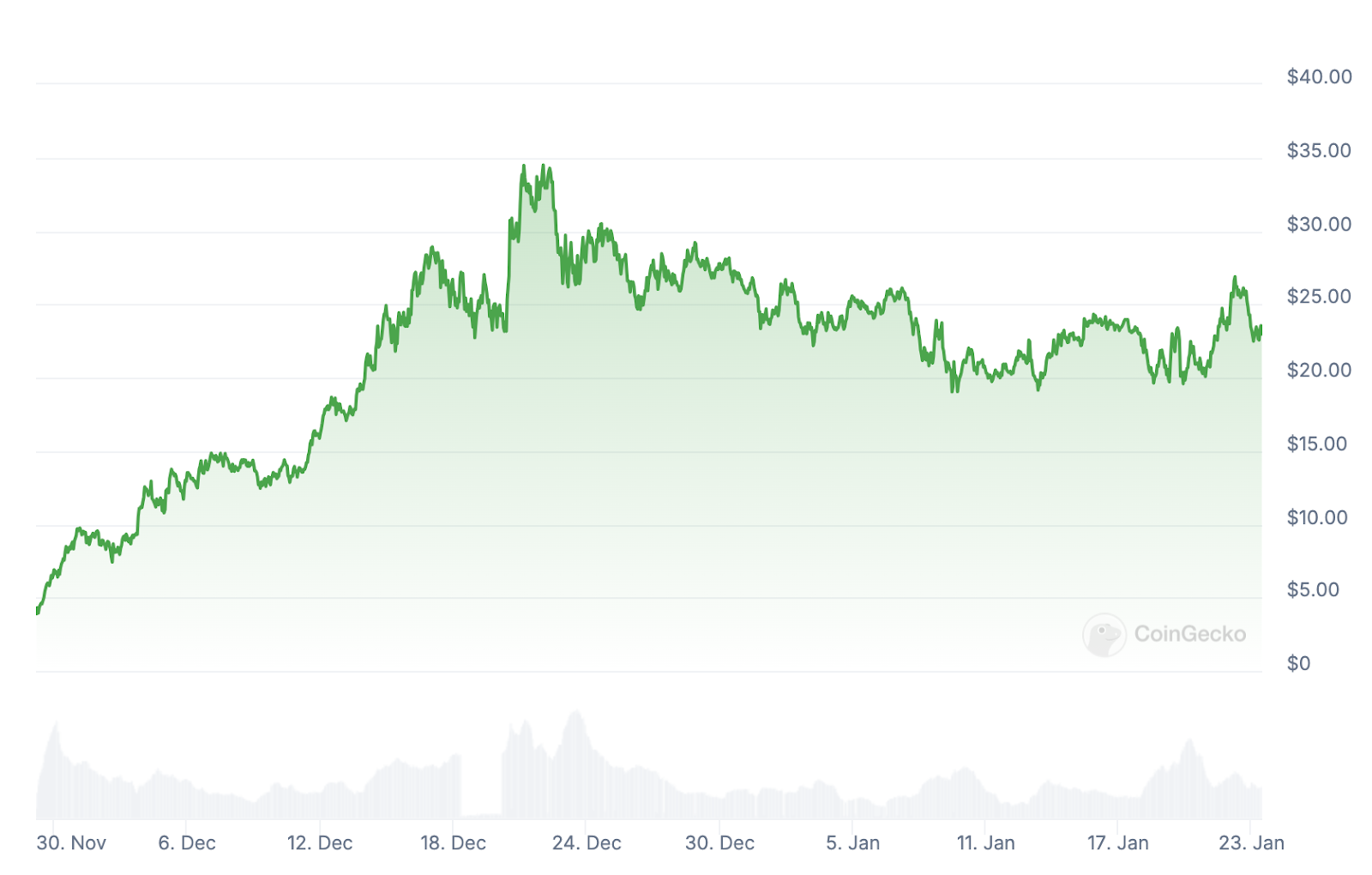
Key to Success
Hyperliquid focus on rewarding genuine activity and minimizing the impact of airdrop farmers was crucial to its success. By aligning its incentives with the project's goals, it attracted committed users who added real value to the ecosystem.
Hyperliquid success lies in its ability to turn routine trading into a rewarding experience. This model demonstrates how a thoughtful incentive design can not only ensure a successful launch but also lay a solid foundation for long-term growth.
2. zkSync
zkSync made headlines in 2024 with its ZK token airdrop, a carefully planned initiative aimed at rewarding its ecosystem participants while driving adoption for its zero-knowledge rollup solution. This airdrop was the culmination of a well-structured incentive strategy.
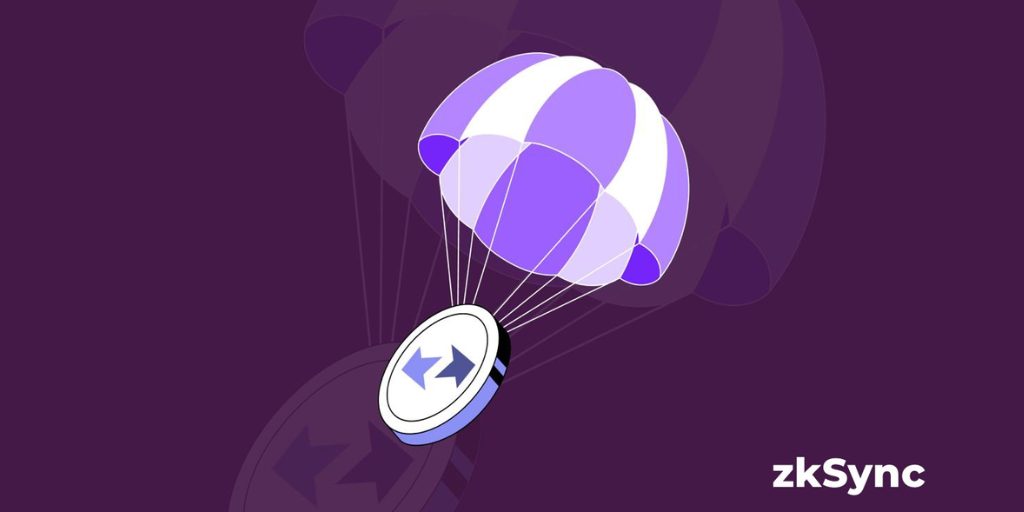
What Actions Did zkSync Incentivize?
zkSync encouraged specific activities to qualify for the airdrop, ensuring tokens went to engaged users:
- DeFi Interactions: Users who traded, provided liquidity, or used dApps on zkSync.
- Regular Transactions: Wallets that actively transacted on zkSyncâs Layer 2 network.
- Smart Contract Usage: Participation in ecosystem protocols, including bridging and other network features.
- Community Building: Developers, educators, and advocates who contributed to the zkSync ecosystem through tools, content, or promotion.
This focus ensured rewards were aligned with real participation rather than opportunistic farming.
Fair Distribution, Big Impact
- Widespread Rewards: 17.5% of ZK tokens, valued at $3.7 billion, were distributed to nearly 700,000 wallets. To keep things fair, usage-based rewards had a cap of 100,000 tokens per wallet.
- Community Allocations: Another 11% of tokens went to builders, researchers, and active contributors, fostering a sense of ownership in the project.
Results
The airdrop generated massive user engagement, driving a surge in network activity. Within days, nearly half of the allocated tokens had been claimed, reflecting strong participation from the community.
However, the airdrop faced challenges. The network experienced high load, leading to degraded performance in some RPC services. While these technical issues were resolved quickly, they highlighted the difficulties of scaling decentralized platforms during high-demand periods
Despite these hurdles, the airdrop did its job. It brought massive attention to zkSync as a key Ethereum scaling solution. By rewarding active users, zkSync strengthened its community and showcased its vision for a decentralized future.
Key Takeaways
zkSync's airdrop demonstrated how targeted incentives can boost adoption while keeping the community engaged. By focusing on meaningful participation, zkSync ensured its rewards aligned with its growth goals, setting an example for future incentive programs.
3. LayerZero
LayerZero ZRO token distribution wasnât just an airdrop, it was a carefully designed system to reward meaningful participation and long-term alignment with the protocol's goals.
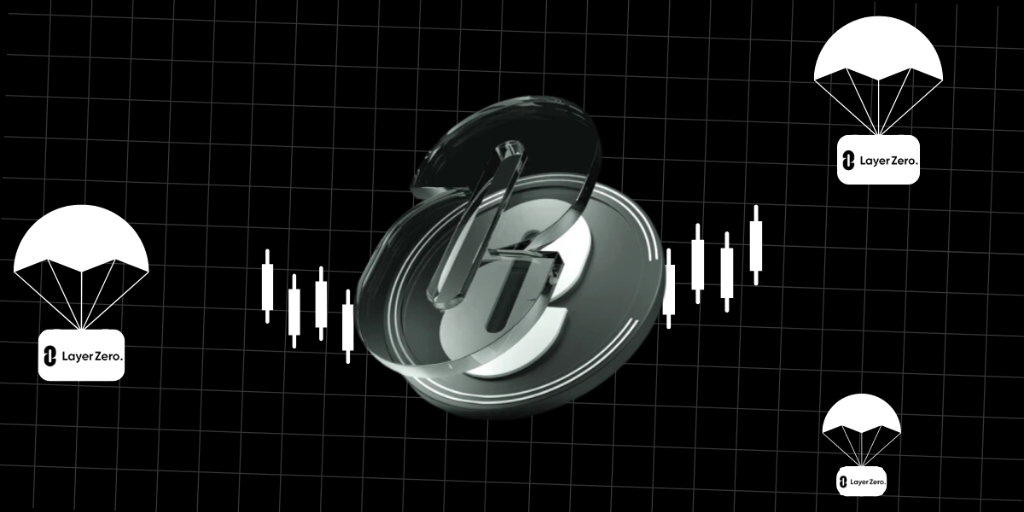
How do LayerZero incentives work?
1. Rewarding Post-TGE Activity: To ensure tokens went to committed users, LayerZero required wallets to actively use the protocol after the Token Generation Event (TGE). Wallets with no post-TGE transactions were deemed ineligible for additional tokens, reinforcing the importance of ecosystem engagement.
2. Pro-Rata Redistribution: Tokens initially claimed by ineligible wallets were redistributed to active users. This redistribution was based on two factors:
- Original Claim Amount: Eligible wallets received tokens proportional to their initial claim.
- Gas Fees Paid Post-TGE: Additional tokens were distributed based on gas usage, rewarding users who actively interacted with the protocol.
3. Proof-of-Donation Mechanism: To claim ZRO, users donated $0.10 per token to Protocol Guild, a collective funding Ethereum core developers. This innovative mechanism tied incentives to community support, aligning users with the broader blockchain ecosystem. LayerZero matched these donations, doubling their impact.
4. Bounty Hunter Reports: To combat Sybil attacks, LayerZero introduced a bounty system, allowing users to report suspicious activity. Verified reports ensured that only genuine users received tokens, saving millions of ZRO from fraudulent claims.
Results and Takeaways
The ZRO airdrop was one of the most significant token distributions in cryptocurrency history, distributing 85 million ZRO tokens, equivalent to 8.5% of the total supply. The event officially began on June 20, 2024, granting eligible users a 90-day window to claim their tokens through a dedicated eligibility checker.
The LayerZero team employed rigorous Sybil detection mechanisms, including self-reporting, bounty programs, and advanced filtering. These efforts successfully recovered approximately 10 million ZRO tokens from fraudulent claims, leaving exactly 1,280,000 eligible wallets.
On September 20, a second airdrop phase was initiated with a 30-day claim window. This phase redistributed unclaimed tokens from the initial airdrop to wallets that demonstrated activity on LayerZero post-TGE. The allocations were recalibrated based on gas fees spent, ensuring that only loyal and active users were rewarded.
LayerZeroâs ZRO token distribution was a case study in how incentives can be strategically designed to achieve meaningful, long-term success. With the combination of well-designed incentives, fraud prevention and community support, LayerZero demonstrated how crypto projects can align token distribution with both community and protocol growth.
4. Jupiter
Jupiter, a leading decentralized exchange (DEX) aggregator on the Solana blockchain, has gained attention for its community-focused and multi-phase airdrop strategy. Unlike traditional one-time airdrops, Jupiter has consistently used airdrops to reward users and engage its community, showcasing how a phased approach can maintain momentum and foster long-term loyalty.

How do Jupiter incentives work?
Jupiterâs airdrop was structured around a variety of incentives designed to reward active and engaged users. Hereâs how users could qualify for the airdrop and the specific actions that were incentivized:
- Trading Activity and Tiers: Jupiter prioritized rewarding users based on their trading activity on the platform. The more a user traded, the higher their chances of receiving rewards. They introduced a tier system, where users were categorized based on their trading volume, incentivizing consistent participation and larger transactions.
- Staking: Those who staked their JUP tokens also qualified to receive 0.1 JUP for each staked JUP.
- Participation in Governance: Those who actively participated in the voting and did not miss any votes would also be eligible.
- Carrots: To incentivize the use of its mobile application, Jupiter announced additional airdrops to those who claim and staked their tokens through the app.
- Good Cats: This is a term that has to do with all members of the community who ever contributed to the Jupiter ecosystem, through twitter threads, content on other social media, videos, research, etc.
These incentives highlight Jupiter's efforts to achieve fair distribution while maintaining active engagement within its ecosystem. Jupiter created a rewards program that is more participative and inclusive, as well as sustainable over time.
Results
The Jupiter airdrop demonstrated impressive participation and engagement within the Web3 community. Nearly 640,000 wallets claimed the airdrop, and over 960 million JUP tokens were distributed, marking a significant milestone for Jupiter.
Notably, less than 20% of the airdropped JUP tokens have been sold so far, indicating a strong level of user retention and confidence in the project. While some users opted to sell their tokens on the same day as the claim, a substantial portion has chosen to hold onto them, reflecting trust in Jupiter long-term potential.
Key Takeaway
Jupiter shows how airdrops can be more than just token giveaways. By running a multi-phase airdrop strategy, they keep users engaged over time. Their use of tiered rewards and incentives for meaningful actions and contributions to the ecosystem encourages participation and builds stronger connections. This approach turns airdrops into a tool for long-term engagement and commitment, not just a one-time event.
5. Pengu
Pudgy Penguins is an NFT project that transcended the Web3 world and made it to the shelves of stores like Walmart and Target. In 2024, they introduced the Pengu (PNGU) token on Solana, pairing its launch with an airdrop that captured the attention of the cyrpto space. The airdrop wasnât just about handing out tokens, it was a way to reward loyal supporters and bring more people into the Pudgy Penguins ecosystem.
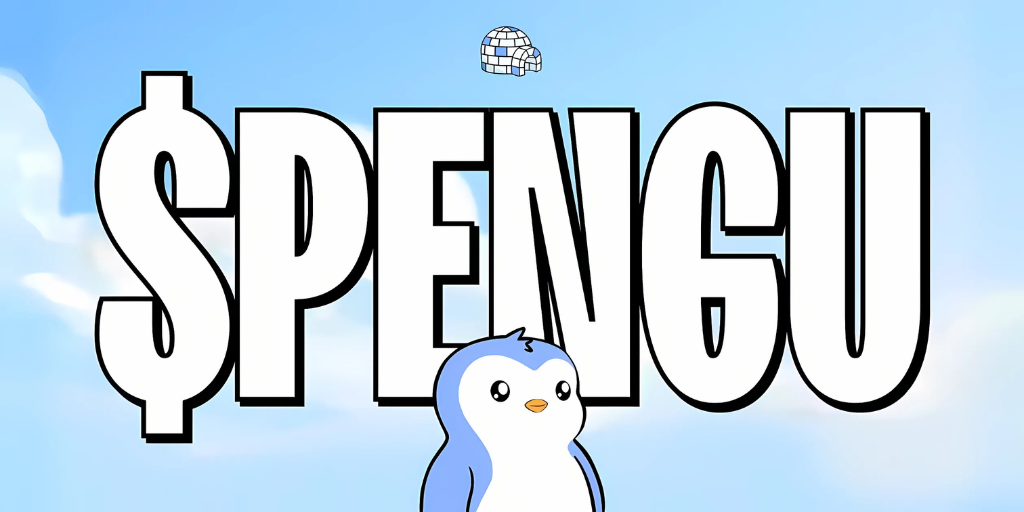
How the Airdrop worked
The total supply of PENGU tokens is 88,888,888, this number represents a tribute to the 8,888 Pudgy Penguins NFT series. The largest distribution is made to Pudgy Penguins NFT holders, rewarding those who supported the project the most. But it is also distributed to other communities, among them: Plooshies, Doodles, Claynosaurz, Memeland, BoDoggos, Bitcoin Puppets, Nodemonkes, Azuki, Bored Ape Yacht Club, Mutant Ape Yacht Club, Wassies, Goblintown, Wonky Stonks, The Plague, Mocaverse, Onchain Gaias. In addition, those who have purchased Pudgy Toys and have interacted with its Pudgy World online gaming platform are also eligible.
Key Takeaways
The Pengu airdrop succeeded because it was well-planned and focused on the community. It rewarded loyal Pudgy Penguins NFT holders and active users, ensuring the tokens went to engaged participants. By rolling it out in phases and tying rewards to ownership and activity, it reduced speculation. The strong branding of Pudgy Penguins and the excitement around their move to Solana also boosted interest, making it a perfect mix of strategy and community connection.
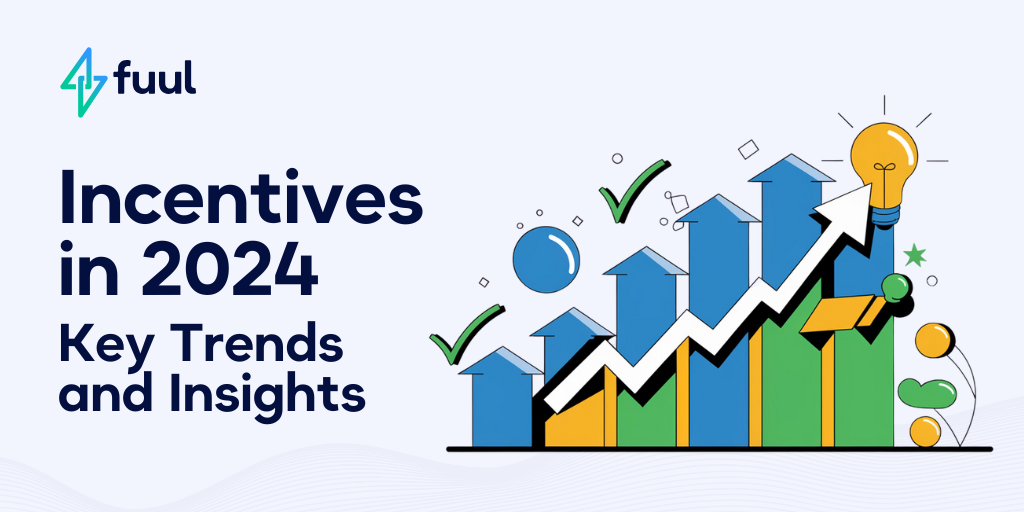
In 2024, crypto projects leaned heavily on incentives to drive user engagement and build communities. Hereâs a closer look at three key trends that shaped the year:
1. Evolution of Airdrops
Airdrops are a cornerstone of the crypto world. Theyâre a simple and effective way to introduce new projects and reward users. Over the years, weâve seen some airdrops create massive impact, while others didnât quite hit the mark.
Airdrops have always been a popular way for crypto projects to attract users and build excitement. But in the past, they werenât always done with much thought. On many occasions, the eligibility criteria for airdrops were not clear, users were not sure if they would qualify or not. On the other hand, since the funds to be distributed were substantial, they ran into the problem that many users began to farm professionally, even teaching others to farm as well, implying a great risk for the projects when distributing the funds, making it possible that a small group of users were exploiting the program.
With time, projects started using airdrops more strategically, tying them to specific actions like signing up, referring friends, or actively engaging on the platform. For example, Jupiter rewarded users who were already involved in their ecosystem, ensuring the tokens went to real supporters instead of opportunists looking for a quick payout.
When done well, airdrops donât just bring in users, they build commitment. By aligning incentives with meaningful, fee-generating actions like trading, minting, or providing liquidity, projects can discourage âfarmersâ who take the rewards and leave, instead creating a more engaged and loyal community.
2. Adoption of Points-Based Reward Systems
In 2024, more crypto projects started using points to reward their users. Why? Because points are simple, flexible, and a great way to engage people before launching a token.
The key is aligning incentives with both the projectâs goals and the needs of its users. A great way to start building engagement early is by introducing a points system. Points let users earn rewards for actions like signing up or referring others, and they can later be converted into tokens once the project is ready. This approach not only builds anticipation but ensures the rewards are meaningful and aligned with long-term growth. Plus, they help give users an estimate of how well they are doing and what they can expect down the road.
Instead of giving out tokens right away, projects offered points for things like signing up, referring friends, or being active on their platform. For example, if a project goal is to onboard new users, a referral program offering points for each new sign-up could work wonders. These points could later be converted into tokens, keeping users excited and engaged over time.
Points helped projects avoid speculative behavior and kept the focus on users who genuinely supported their growth.
Looking forward, itâs clear that points arenât just a placeholder, theyâre a smart way to build trust, loyalty, and long-term engagement in Web3.
3. Gamified Incentives
Gamification has been steadily growing in Web3, and in 2024, it became an even more popular way to keep users engaged. Projects didnât just reward actions, they turned participation into a game, making incentives more interactive and exciting.
Users earn rewards by completing missions, climbing leaderboards, participating in trading competitions or achieving streaks. These elements transform simple actions like trading or referring friends into engaging challenges that keep users coming back.
Why gamification works
- Boosts engagement: Turning actions like trading into fun challenges keeps users active.
- Fosters competition: Leaderboards and rewards for top performers encourage users to do more.
- âBuilds loyalty: Earning rewards through effort makes users feel invested in the project.
Key Takeaways from 2024 Incentives
Phased Distribution Builds Long-Term Engagement
Jupiter showed how breaking an airdrop into phases can keep users engaged over time. Instead of giving everything out at once, they spread rewards across stages, which helped them connect with almost 640,000 wallets and saw over 960 million JUP tokens claimed. Whatâs even more impressive is that less than 20% of those tokens have been sold, meaning most users stuck around.
Sybil Resistance is essential
Sybil resistance is key to a successful incentive program. LayerZero tackled this by using a mix of tools and strategies, like letting users self-report suspicious activity, rewarding the community for flagging fake wallets, and analyzing on-chain data to spot unusual patterns. While these measures sparked some debate, they played a big role in ensuring rewards reached real users and kept the program fair and sustainable.
Diversifying incentives works
Offering a mix of incentives and rewards helps projects stand out. They are two sides of the same coin when it comes to driving user engagement and loyalty. Incentives are about encouraging specific actions, like referring friends, completing quests, or becoming active in the platform (trading, lending, borrowing, providing liquidity). Rewards, on the other hand, are the tangible benefits users receive for their participation. This could be anything from tokens, discounts, points, or exclusive access to special features. For example, a project can offer its users points for each user they refer, tokens representing a portion of the trading fees, a special NFT when they reach a certain level of activity, etc.
Combining different types of incentives can create a more dynamic and engaging experience for users. It's not the same if the only thing you can do is refer friends, than if you can trade, hold, or even contribute in the community to improve the platform. By blending actions projects can appeal to a wider audience and encourage deeper involvement.
Together, incentives and rewards build a system where users feel valued and motivated to participate, fostering growth and long-term commitment.
Transparency builds confidence
Clear criteria and processes for distributing rewards are critical for maintaining trust. On the flip side, lack of transparency can lead to user frustration and skepticism.
Think beyond rewards
The most successful projects didnât just focus on rewards. They also invested in community-building, education, and partnerships. These efforts helped strengthen their ecosystems and amplified the overall impact of their incentive programs.

Closing Thoughts
2024 gave us big milestones and important lessons about how to create better incentives and rewards. As the crypto space keeps growing, we need to step up our game, making strategies that bring real value to users.
In 2025, new challenges will push us to think smarter and plan for the long term. Weâll likely see fresh ideas for combining incentives and offering rewards that truly engage users and build loyalty.
One thing is for sure: the crypto world has a lot of room to grow, and incentives will play a key role in making that happen.
Emphasize your product's unique features or benefits to differentiate it from competitors
In nec dictum adipiscing pharetra enim etiam scelerisque dolor purus ipsum egestas cursus vulputate arcu egestas ut eu sed mollis consectetur mattis pharetra curabitur et maecenas in mattis fames consectetur ipsum quis risus mauris aliquam ornare nisl purus at ipsum nulla accumsan consectetur vestibulum suspendisse aliquam condimentum scelerisque lacinia pellentesque vestibulum condimentum turpis ligula pharetra dictum sapien facilisis sapien at sagittis et cursus congue.
- Pharetra curabitur et maecenas in mattis fames consectetur ipsum quis risus.
- Justo urna nisi auctor consequat consectetur dolor lectus blandit.
- Eget egestas volutpat lacinia vestibulum vitae mattis hendrerit.
- Ornare elit odio tellus orci bibendum dictum id sem congue enim amet diam.
Incorporate statistics or specific numbers to highlight the effectiveness or popularity of your offering
Convallis pellentesque ullamcorper sapien sed tristique fermentum proin amet quam tincidunt feugiat vitae neque quisque odio ut pellentesque ac mauris eget lectus. Pretium arcu turpis lacus sapien sit at eu sapien duis magna nunc nibh nam non ut nibh ultrices ultrices elementum egestas enim nisl sed cursus pellentesque sit dignissim enim euismod sit et convallis sed pelis viverra quam at nisl sit pharetra enim nisl nec vestibulum posuere in volutpat sed blandit neque risus.
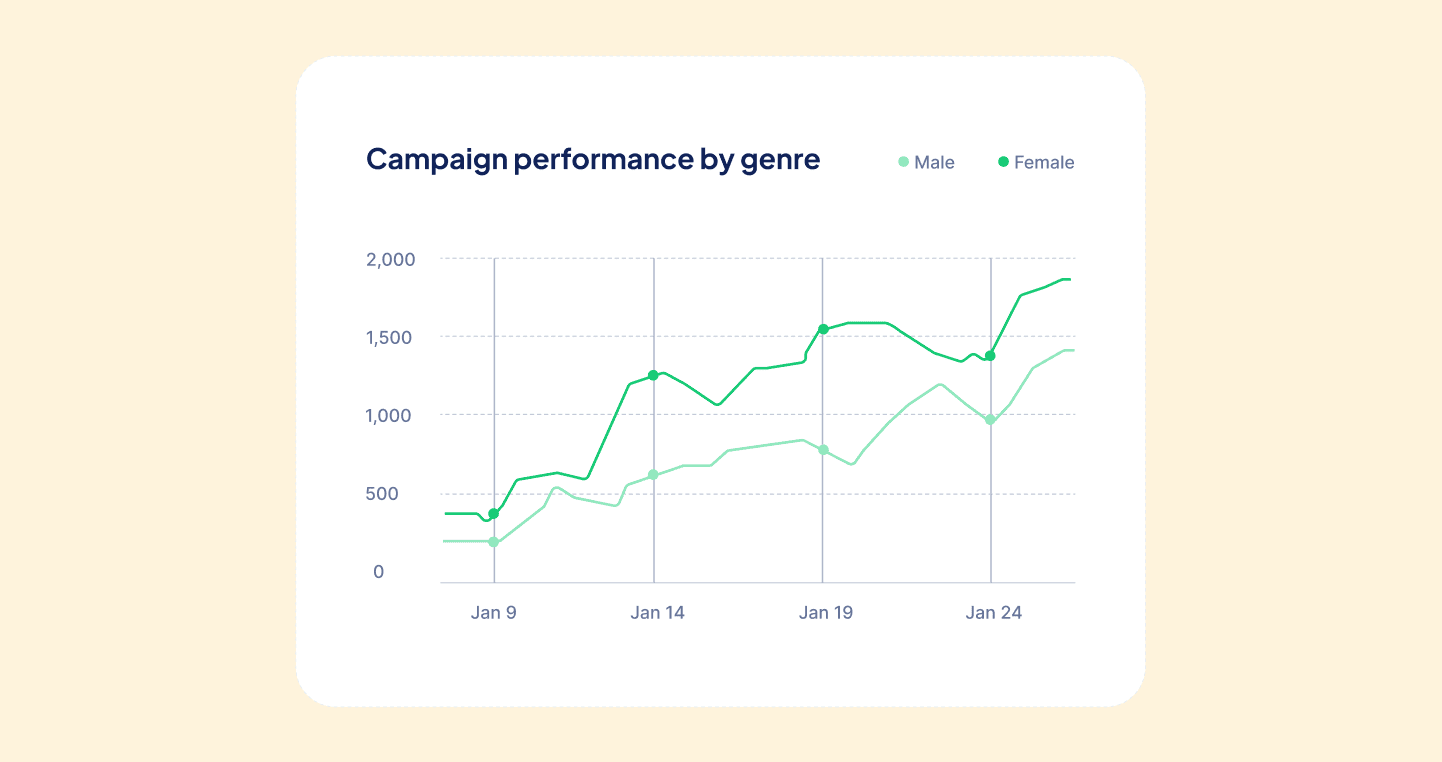
Use time-sensitive language to encourage immediate action, such as "Limited Time Offer
Feugiat vitae neque quisque odio ut pellentesque ac mauris eget lectus. Pretium arcu turpis lacus sapien sit at eu sapien duis magna nunc nibh nam non ut nibh ultrices ultrices elementum egestas enim nisl sed cursus pellentesque sit dignissim enim euismod sit et convallis sed pelis viverra quam at nisl sit pharetra enim nisl nec vestibulum posuere in volutpat sed blandit neque risus.
- Pharetra curabitur et maecenas in mattis fames consectetur ipsum quis risus.
- Justo urna nisi auctor consequat consectetur dolor lectus blandit.
- Eget egestas volutpat lacinia vestibulum vitae mattis hendrerit.
- Ornare elit odio tellus orci bibendum dictum id sem congue enim amet diam.
Address customer pain points directly by showing how your product solves their problems
Feugiat vitae neque quisque odio ut pellentesque ac mauris eget lectus. Pretium arcu turpis lacus sapien sit at eu sapien duis magna nunc nibh nam non ut nibh ultrices ultrices elementum egestas enim nisl sed cursus pellentesque sit dignissim enim euismod sit et convallis sed pelis viverra quam at nisl sit pharetra enim nisl nec vestibulum posuere in volutpat sed blandit neque risus.
Vel etiam vel amet aenean eget in habitasse nunc duis tellus sem turpis risus aliquam ac volutpat tellus eu faucibus ullamcorper.
Tailor titles to your ideal customer segment using phrases like "Designed for Busy Professionals
Sed pretium id nibh id sit felis vitae volutpat volutpat adipiscing at sodales neque lectus mi phasellus commodo at elit suspendisse ornare faucibus lectus purus viverra in nec aliquet commodo et sed sed nisi tempor mi pellentesque arcu viverra pretium duis enim vulputate dignissim etiam ultrices vitae neque urna proin nibh diam turpis augue lacus.

.png)
.png)